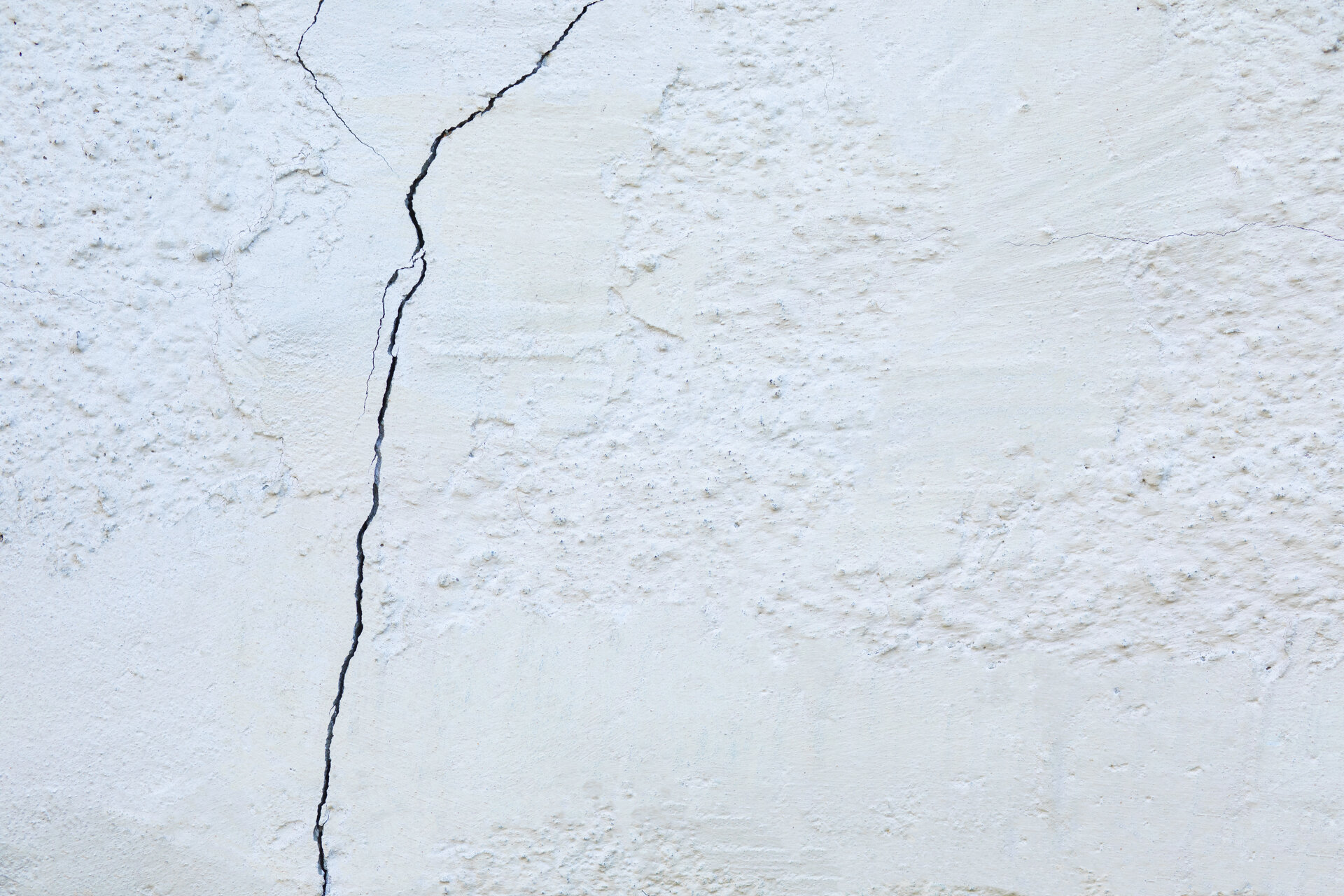Introduction
Concrete is one of the most durable and widely used materials for driveways, sidewalks, patios, and foundations. However, over time, it can develop cracks, spalling, and other forms of deterioration due to weather, heavy usage, and ground movement. While these issues may seem minor at first, delaying concrete repair can lead to more significant damage, safety hazards, and a decrease in property value.
In this article, we will discuss why timely concrete repair is essential for maintaining property value and how homeowners and business owners can take proactive steps to preserve their investments.
How Damaged Concrete Affects Property Value
1. Curb Appeal and First Impressions
The exterior of a property is the first thing visitors, potential buyers, and tenants notice. Cracked or damaged concrete on driveways, sidewalks, or entryways can make a home or business appear neglected. A well-maintained concrete surface enhances curb appeal, making the property look well cared for and increasing its overall attractiveness.
2. Structural Integrity and Safety
Concrete plays a crucial role in the structural integrity of a property. Damaged foundations, sinking driveways, and crumbling sidewalks pose serious safety risks, including trip hazards and potential liability issues. Neglecting these repairs can lead to costly lawsuits or injuries, negatively impacting the property’s reputation and value.
3. Increased Repair Costs Over Time
Small cracks and minor damage can quickly escalate into more severe problems if left unaddressed. For example:
-
A minor driveway crack can expand, leading to potholes and the need for complete resurfacing.
-
Water infiltration through cracks can weaken the foundation, requiring expensive structural repairs.
-
Uneven sidewalks can result in fines or citations from local municipalities.
By addressing these issues early, property owners can save thousands of dollars in future repairs.
4. Energy Efficiency and Water Drainage Issues
Cracked or deteriorating concrete can contribute to poor drainage, leading to water pooling around foundations and basements. This excess moisture can lead to mold growth, structural weakening, and even increased energy costs as humidity levels rise indoors. Properly maintaining concrete surfaces ensures effective water drainage and prevents costly damage to the property.
5. Impact on Real Estate Resale Value
Real estate experts agree that a well-maintained property can fetch a higher selling price. Potential buyers are less likely to invest in a property that requires immediate repairs, and they may use damaged concrete as a negotiation point to lower the asking price. On the other hand, a property with flawless concrete surfaces gives buyers confidence that the home or commercial building has been well maintained.
Common Concrete Issues and Their Solutions
1. Cracks in Concrete
-
Cause: Weather fluctuations, tree roots, ground movement, or heavy loads.
-
Solution: Seal small cracks with a high-quality concrete filler. For larger cracks, professional repair may be necessary to prevent further expansion.
2. Spalling or Flaking Concrete
-
Cause: Freeze-thaw cycles, salt damage, and poor concrete mix.
-
Solution: Resurface or patch the affected area to restore its appearance and strength.
3. Sinking or Uneven Concrete
-
Cause: Soil erosion, poor compaction, or water damage.
-
Solution: Concrete lifting methods such as polyurethane foam injection or mudjacking can restore the surface to its original level.
4. Potholes and Surface Deterioration
-
Cause: Repeated freeze-thaw cycles, heavy traffic, and aging concrete.
-
Solution: Repair potholes using a durable concrete patching compound or consider resurfacing if the damage is extensive.
How to Maintain Concrete for Long-Term Durability
1. Seal Concrete Regularly
Applying a high-quality concrete sealer every few years protects the surface from moisture penetration, salt damage, and wear from heavy foot or vehicle traffic.
2. Keep the Surface Clean
Regular cleaning with a pressure washer or mild detergent can remove dirt, mold, and stains that can weaken the surface over time.
3. Repair Small Issues Immediately
Addressing minor cracks and chips as soon as they appear prevents larger and more costly repairs down the road.
4. Ensure Proper Drainage
Installing proper drainage systems around concrete surfaces prevents water accumulation, which can cause cracks and erosion.
5. Avoid Using Harsh Chemicals
De-icing salts and harsh chemicals can accelerate concrete deterioration. Opt for sand or alternative de-icers that are less damaging.
Conclusion
Timely concrete repair is a crucial investment in preserving property value, ensuring safety, and preventing costly future damage. Whether it’s fixing cracks, resurfacing worn-out areas, or leveling sunken slabs, taking prompt action can enhance curb appeal and structural integrity.
If you’re searching for expert concrete repair in St. Louis, partner with experts who offer professional solutions to restore and protect your concrete surfaces. Contact us today for a free consultation and let our experienced team help you maintain your property’s value!







0 Comments